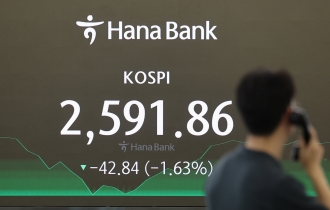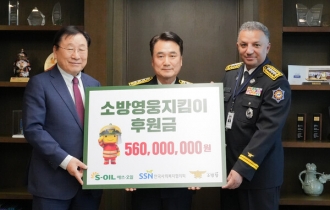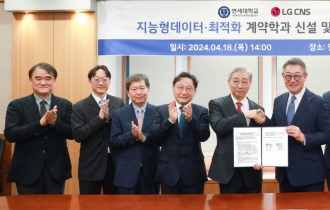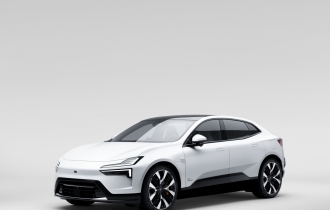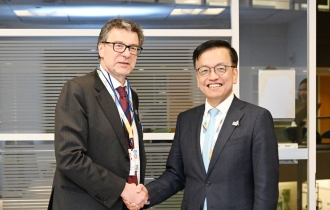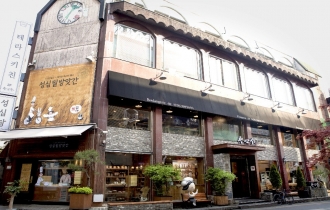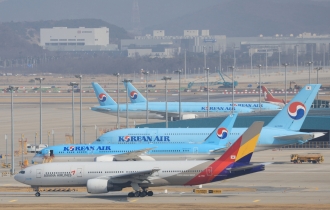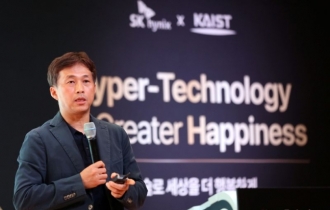Samsung SDI upbeat on growing energy storage demand
[THE INVESTOR] Korean battery maker Samsung SDI is upbeat on growing demand for energy storage, driven by an increasing number of countries pushing for energy self-sufficiency, along with a drop in battery prices making it economically feasible.
The global energy storage system, or the ESS market, is predicted to see the fast growth in the coming years. According to the US market research firm Navigant Research, it is forecast to grow to 4.3 gigawatt hours this year, around a 50 percent jump from the previous year, and grow around 60 percent on an annual average by 2020 to 14.8 GWh.

Park Se-woong, vice president of Samsung SDI’s ESS team. Samsung SDI
ESS captures energy produced for use at a later time, aiming to improve energy efficiency. It can effectively save renewable energy such as thermal power, solar energy, wind power and geothermal power, which otherwise are affected by bad weather or climatic conditions.
On growing demand for energy storage worldwide, Samsung SDI’s ESS business turned black for the first time in the fourth quarter of last year and has continued to see strong sales since.
“We expect to continue to see strong sales (this year) on growing energy storage demand as many nations have recently moved forward on climate change to reach Paris climate accord goals,” said Park Se-woong, vice president of Samsung SDI’s ESS team in an interview with The Korea Herald.
The Paris climate accord, which was agreed by 195 nations in late 2015, is designed to reduce carbon emissions in order to lower the earth’s temperature. This has led to many nations seeking energy self-sufficiency through renewable energy.
“Alongside the growing demand, the drop in battery prices is also making ESS have a better return on investment than power grid,” he added.
This year, Samsung plans to focus on the two largest ESS markets, the US and Europe.
“The energy storage markets in the US and Europe have been fast growing due to their ageing power grid and efforts to seek energy self-sufficiency,” he said.
Samsung SDI joined the largest battery-based energy storage project in the US in partnership with the US power giant AES Corporation and other companies from June to December of last year. It supplied 240 megawatt-hour ESS batteries, around 70 percent of total 350 MWh, the largest-ever supply for ESS projects.
Samsung said it is now also in talks for further supply with other companies although the specific details cannot be disclosed.
As for Europe, where governments have a stronger push on clean energy, the company is viewing the market as “the world’s largest ESS market for households.”
The ESS for households allows users to save solar energy to be used at a later time. The ESS market for households is predicted to rise around 16 percent on an annual average to 146,000 units by 2020 from 83,000 units this year, according to Japan-based market research firm B3.
Currently, the global ESS market is led by two Korean firms, Samsung SDI and its rival LG Chem, which are vying for the top spot.
LG with around a 30 percent share is slightly ahead of Samsung in the entire ESS market, according to local research firm SNE Research, while Samsung grabs the tops spot in the energy storage market for households with a 30 percent share, according to Japan-based research firm B3.
“This year, we will work harder to set us apart from the competition by saving cost, increasing energy efficiency and improving safety,” Park said.
In March, Samsung unveiled its new ESS products, E2 and P3 models which have a higher capacity than its previous models.
The E2 model is a high-capacity ESS battery that substantially increases the number of cells integrated in a container to have 9.1mwh, whose capacity is twice higher than the previous model.
The P3, a further upgraded high-power model, can be used for power stabilization that requires high-power ESS. Its capacity is increased by 15 percent without changing the size of cells.
By Shin Ji-hye/The Korea Herald (shinjh@heraldcorp.com)
EDITOR'S PICKS
- Seoul shares rattled by Israeli attack on Iran; Kospi dips to nearly 11-week low
- S-Oil donates W560m to support firefighters
- LG CNS teams up with Yonsei University to nurture AI specialists
- Polestar 4 to make Korean debut in June
- S. Korea pledges W23tr venture capital fund for green investment at G20 meeting
- Sungsimdang outperforms bakery giants to log sales over W100b
- France rejects opening Paris flight routes to T'way Air, deals blow to Korean Air merger
- SK hynix chief underscores chip cooperation between Korea, US






